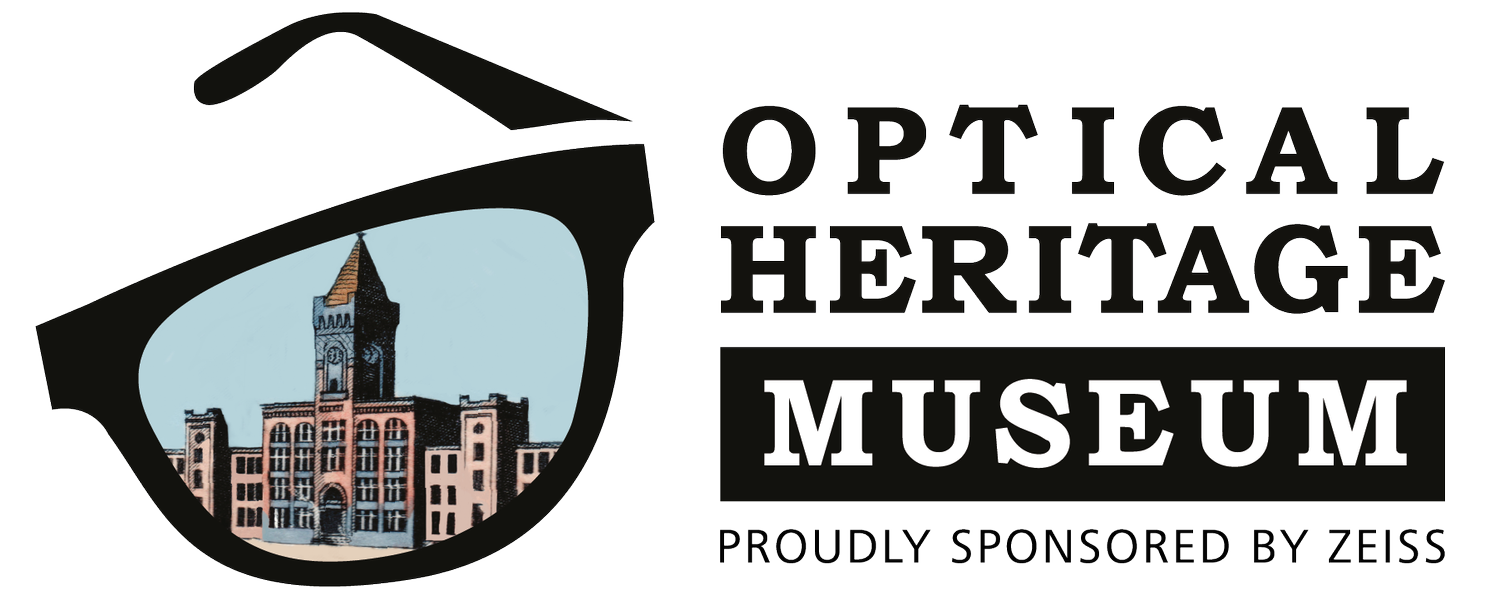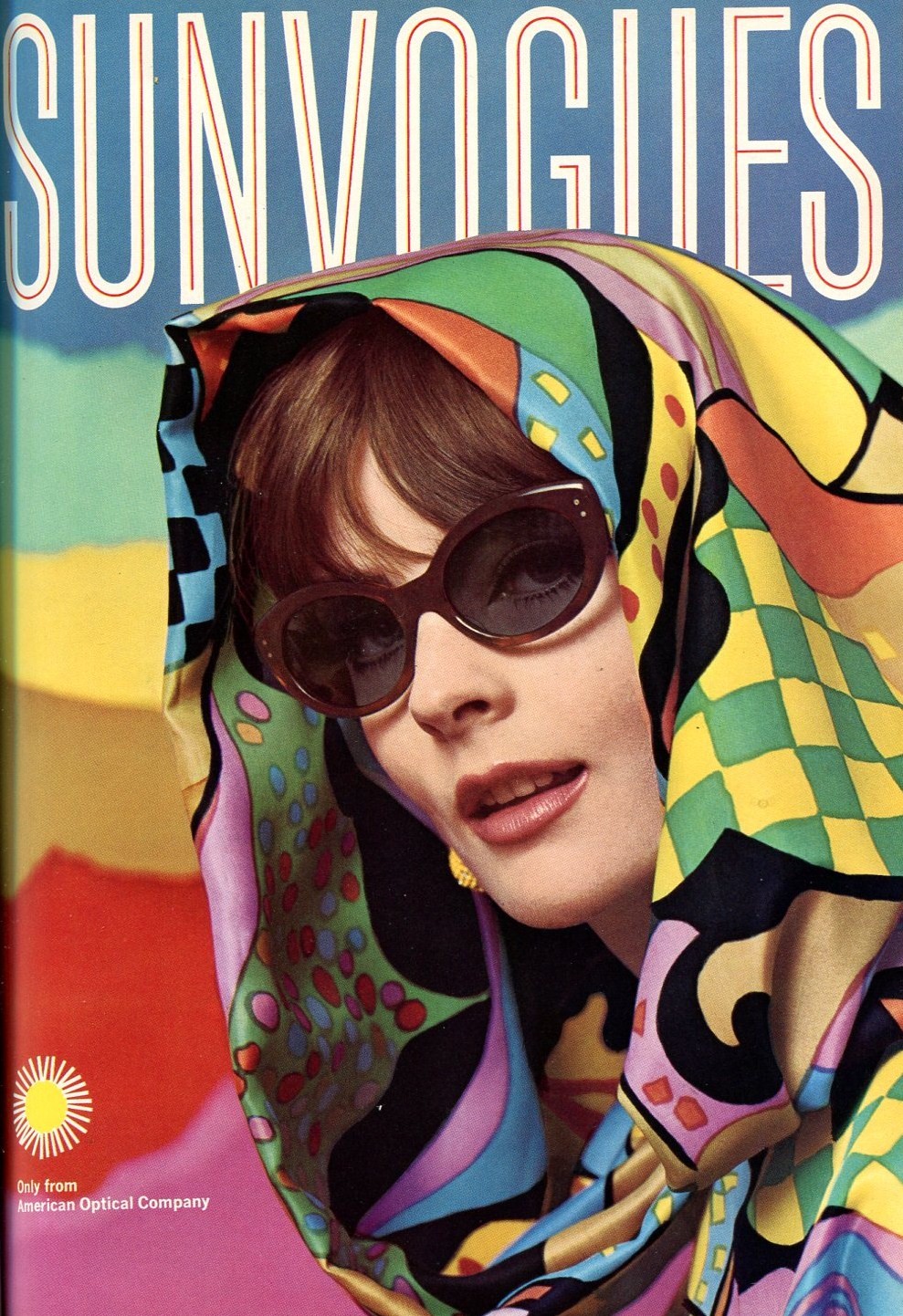
UV
Ultra-Violet
HOW THE EYECARE PROFESSION "SAW THE LIGHT"
A century ago, many believed UV exposure was good for vision. It took decades of research and investment to raise awareness of the real risks.
By Ted Gioia.
The hazards of ultraviolet light are well known nowadays. Surveys show that 90% of respondents take some steps to protect themselves from the dangers of the sun, even if it’s just putting on a hat and rubbing sunscreen on their body. There’s still too much risky behavior—just count the number of tanning salons in your hometown if you doubt it—but UV awareness is one of the success stories in preventative healthcare.
That wasn’t always the case. Consider the shift during the last thirty years. Back in 1988, a Johns Hopkins study of cataracts among Chesapeake Bay shore workers was considered a major news story. We would hardly be surprised today to learn that heavy doses of sunlight lead to a 300% increase in the likelihood of cataracts. But at the time, the New York Times announced that this connection had previously been in doubt and that potential for cataracts represented a “significant new risk.”
Newly-released documents and images from the Optical Heritage Museum in Southbridge, Massachusetts, (many of them not seen for decades) show how eyecare professionals anticipated the Chesapeake Bay study by more than a half-century. At a time when public service advertising was almost unknown in healthcare, they educated the general public on the need to protect their eyes from dangerous rays. These materials come from the archives of American Optical, now part of Carl Zeiss Vision, a company that played a key role in this campaign.
A century ago, some eyecare practitioners even believed that UV exposure was good for patients’ vision. The archives include the text of a 1916 letter from an optometrist who claimed that nature intended humans to experience the full spectrum of light, and thus blocking UV would imply that “nature contradicts itself.”
American Optical's commendation from NASA
Raising Awareness of UV (Advertisement from 1947)
Around this same time, American Optical launched the first marketing program in the United States on UV-related vision risks. Window displays and advertising materials brought the message both to practitioners and the general public.
The company also focused research efforts on developing UV-blocking technologies. In 1915, American Optical boasted of its success in passing a stringent test from a Yale University professor heading to South America on a research expedition. The AO eyewear was chosen specifically for its radiation-blocking properties, and the company was proud to offer this same protection to the public.
In the 1920s and 1930s, awareness of ultraviolet risk was still low. But American Optical pushed ahead with its UV-blocking Cruxite lenses in the United States while ZEISS took the lead in Europe with its UV-safe Umbral sunwear. These were high tech options in their day, but would eventually set a standard for patient care.
There was still very little clinical data on sunlight and vision at that time. But experienced practitioners had seen so many cases of patients with outdoor professions who developed severe cataracts that they were receptive to a more pro-active approach. In this way, the profession and its leading suppliers took the lead in UV awareness, with academic studies following decades later.
The Apollo moon mission presented American Optical with its biggest UV-blocking challenge. On planet Earth, the atmosphere absorbs most UV radiation before it reaches us, but travelers to outer space are exposed to dangerous levels. NASA picked AO as sunwear provider for its lunar program, and each astronaut was outfitted with glasses for the longest trip in human history.
What does UV look like?
Under UV light (right) clear lenses that block all UV – up to 400nm – appear dark like sunglasses. Clear lenses would indicate incomplete UV protection.
UV photography also helps to highlight sun damage to the skin in the form of sunspots and freckles
“Whether you’re going to outer space or just outdoors, you still need to take precautions to protect your vision,” comments ZEISS Vision Care Vice President Karen Roberts. “And in the current day, we need to raise awareness of all light-related risks. Protection of all harmful light is essential but it needs to start with UV protection”.
“Technologies have improved, but education is still the starting point. That way, we can solve problems before they begin.”
Today, ZEISS is creating a new standard of eye care by providing premium sunglass-level UV protection in all clear, ZEISS branded lenses – as standard. This is the same “UV400” level of protection recommended by the World Health Organization (WHO) and countless other healthcare and scientific organizations
For more information on the latest UV protective lenses from ZEISS, head to http://bit.ly/zeissuvprotection
You might also like…
Optical and the Moon
AO journeys to space
Sunwear
Looking cool while the weather heats up



